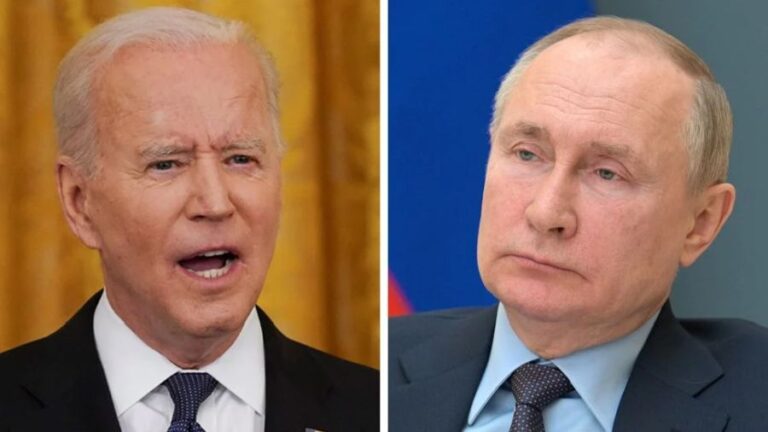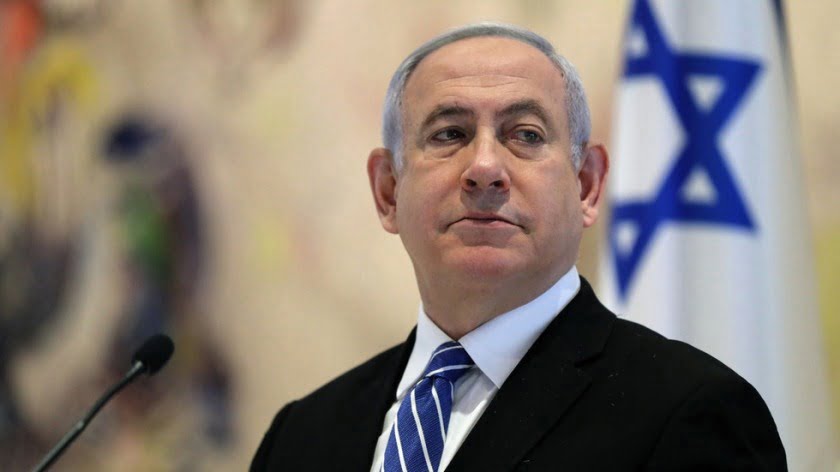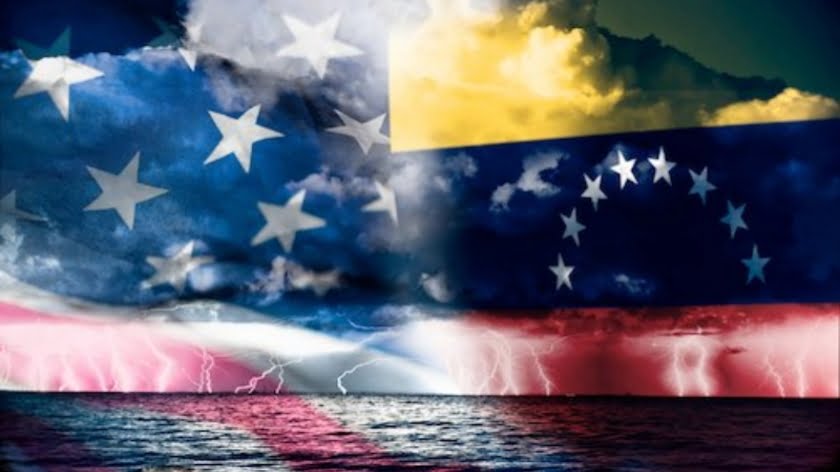US Increases Pressure on China
Despite growing domestic problems of various kinds (or even perhaps mainly because of them), the United States has ramped up the pressure on its key geopolitical opponent, i.e. the People’s Republic of China (PRC). And Washington is not doing this alone but with as many allies willing to support it as possible. The US is also seeking partners who may in the future become closer associates.
The recent visits by US Secretary of State Mike Pompeo to the United Kingdom and Denmark, which took place from July 20 to 22, 2020, served as further proof of the increasingly anti-Chinese shift in US foreign policy. And the joint maritime drills, conducted by the US and Indian naval forces in the Bay of Bengal during the last 10 days of July, were also noteworthy in this context.
Mike Pompeo arrived in London shortly after the UK government reversed its decision. It had previously agreed to cooperate with the Chinese tech giant Huawei on the UK’s future 5G network. It is worth reiterating that the technology company Huawei has ended up at the epicenter of the China-United States trade war. Washington is openly pursuing its aim in this conflict: to eliminate a worthy adversary from the global communication technology market.
It also seems apt to remind our readers that a year earlier (in May 2019), Mike Pompeo had begun pressuring the UK government, headed at the time by Theresa May, to abandon its deal with Huawei, which was highly lucrative for Britain. And just recently, the US Secretary of State visited the capital of its key ally in Europe in order to “reap the rewards of” his labors.
The “welcome guest” was greeted with political gifts as is the custom. The author has already discussed one of them. We are referring to the plan, under discussion at the moment, to send several Royal Navy ships, headed by Britain’s latest Queen Elizabeth-class aircraft carrier, to the Far East at the beginning of next year. The aim of making practically the first presence of UK’s naval forces there in the last 50 years felt on a global scale is reportedly to take part in international maritime military exercises in this region.
The United States and Japan have so far been mentioned as potential partners in the aforementioned drills. But since there has been talk about the group of ships stopping in Singapore and Darwin (Australia) along with Okinawa (Japan), participation of other countries in the international military exercises cannot be discounted. In fact, these recent developments prompt a question “Is the United Kingdom really planning on re-establishing its presence in the region “east of the Suez Canal”, which it left 50 years ago?”. And this time around, Britain’s aim would be to counter the threat posed by its new geopolitical rival, i.e. the PRC.
And if the answer is “Yes” (on taking into account UK’s current stance on Huawei, and yet another anti-Chinese move in response to the situation in Hong Kong, a more general question arises “Why is London looking for trouble?”. And Britain seems to be doing so willingly without any obvious need. After all, Beijing will, of course, not hesitate to respond to all of these less than friendly moves, and the price paid for the still hypothetical trade deal between the UK and the United States may prove too costly for London.
The author has posed a similar question earlier about equally strange “maneuvers” towards the PRC made in recent months by Britain’s “younger sibling”, Australia.
Incidentally, there were other reasons for Mike Pompeo to remain in a good mood while in London. We are referring firstly, to Telecom Italia’s (TIM) decision to exclude Huawei from supplying new generation 5G services to it. The news must have been particularly upsetting for Beijing since in recent years, Italy has become China’s gateway of sorts to Europe.
The US Secretary of State could not but have been happy to hear the news (which came as a complete surprise to the author of this article because he was not expecting it to happen until the end of the current year) about the fact that a group of US Navy ships, headed by the super-carrier USS Nimitz, sailed through the Strait of Malacca and entered the Bay of Bengal on completion of their latest military exercise in the South China Sea. They were met by a number of Indian naval vessels led by INS Vikramaditya, “a modified Kiev-class aircraft carrier”. Then the two sides conducted joint maritime drills (Passage Exercise, PASSEX), supposedly without any prior planning or preparation.
India’s leading newspaper the Times of India reported about the aforementioned event, pointing out how times had changed in the world of politics in the last 50 years. In 1971, after India had entered the war of independence in East Pakistan (currently Bangladesh) on the side of Bengali nationalist forces and the fate of West (or present-day) Pakistan hung in the balance, US President Richard Nixon ordered “Task Force 74 – led by the aircraft carrier USS Enterprise” (the predecessor of USS Nimitz) – into the Bay of Bengal. The Times of India also reminded its readers that the US leader had directed his then National Security Advisor Henry Kissinger “to explore the option of US naval deployment with Chinese representatives before taking a final decision”. The message that USS Enterprise “delivered” to New Delhi was impossible to misinterpret, i.e. West Pakistan was off limits. The hint was clear to India and its leadership acquiesced.
And recently, USS Nimitz arrived in the Bay of Bengal but with altogether a different message directed at China – to curb its ambitions in the South China Sea and to stop causing trouble for India in the Ladakh region.
The about-face, which the well-respected Indian media outlet wrote about, is a good excuse for yet another commentary on the seemingly unending speculation about the ongoing (or even intensifying) “cold war”. And the author would like to emphasize one key point: the aforementioned term is not used to describe a specific event in the political history of the world but only a “fragment” of time, or more precisely the period from approximately 1945 to 1990.
During those years, the two “teams” were locked in the “cold” confrontation only (with few exceptions) in the European theater. In Asia, Africa and Latin America, the conflict quite often turned hot. If one were to talk about characteristic features of that period, it would be apt to mention that ideology played a substantial role in the confrontation, which is not the case nowadays.
Hence, the latest conflict of global proportions is very different from the previous one. After all, the global political landscape along with its key players has undergone a radical transformation since the Cold War. The present-day attempts at scaremongering by Mike Pompeo, who has been trying to revive the idea that communism poses a threat by portraying the leadership of the Communist Party of China (CPC) as USA’s key geopolitical opponents, are for now being met with scathing comments from Beijing, exemplified by the headline “US courts communist Vietnam but threatens ban on CPC members”.
As of recent, the US leadership and its closest allies have become very concerned about China’s overall growing clout and its key global infrastructure development strategy, the Belt and Road Initiative. If we were to express their position in the language of the masses, it would be more or less as follows “Guys! Instead of tripping each other up, let’s join forces and act for everyone’s benefit”.
Some experts on China claim that the role of world leader is new and unfamiliar to the PRC, which took it on quite gingerly and unwillingly. As Beijing adjusts to it, mistakes arise, which China is learning to correct “on the fly”. Plus, the PRC has territorial disputes with almost all of its neighboring nations. And it is important to try and resolve these conflicts rather than exacerbate them.
Since China has put itself in charge of the global economy, why not simply let it take the reins of power? It would be far better to support its valiant endeavor (as mentioned before), instead of trying to provoke Beijing with USS Nimitz and UK’s Queen Elizabeth-class aircraft carrier.
Then again, the countries that own the aforementioned vessels are also quite capable of responding positively towards Beijing’s aforementioned ambitions.
It has been reported, for instance, that “actual foreign investment from the US in China increased by 6 percent in the first half of 2020”, i.e. during the period that saw a sudden rise in tensions between the United States and the PRC. In fact this positive trend stood out since China’s “actual foreign inbound capital” had been dropping 1.3% year-on-year. Recently, California’s government once again (and for good reason) expressed its willingness to continue its cooperation with the PRC. One UK bank announced “that it would open a $40 million center in South China’s Guangdong Province”, “an important region for high-quality growth” bordering Hong Kong.
The “sword dances” by leading players, described earlier in the article, look particularly ridiculous in view of the mounting problems, most of which arose all by themselves: the Coronavirus pandemic, locust infestations, an approaching famine threatening many nations, and exceptionally heavy rain showers, unseen for many decades, battering entire continents. Why add man-made issues, created for much less important reasons or for lack thereof, to all of the above?
Are the TV experts who, on a regular basis, spout gibberish about such topics as the inevitability of war, USA’s top priority to destroy China and Russia or, on the contrary, about the unavoidable collapse of the United States because of its sheer size, actually right? The author is reluctant to believe that such nonsense has any bearing on reality.
After all, everything is in the hands of us humans: all the stupid as well as intelligent deeds. And it is worthwhile to remain optimistic that the latter prevail.
By Vladimir Terekhov
Source: New Eastern Outlook







